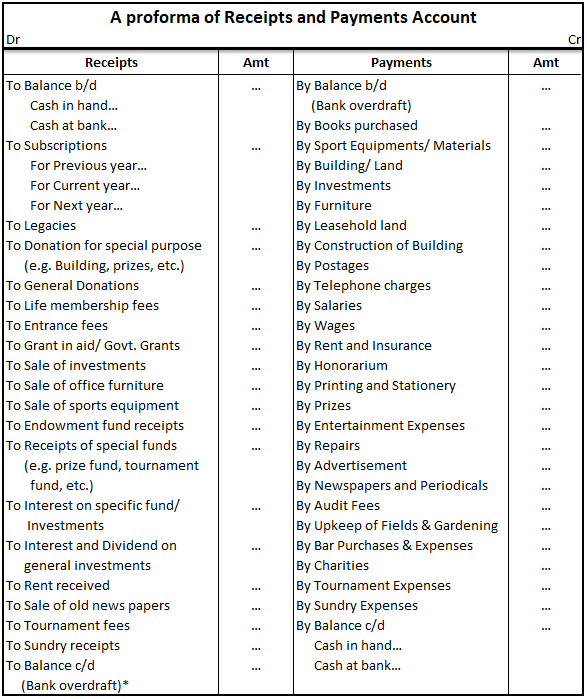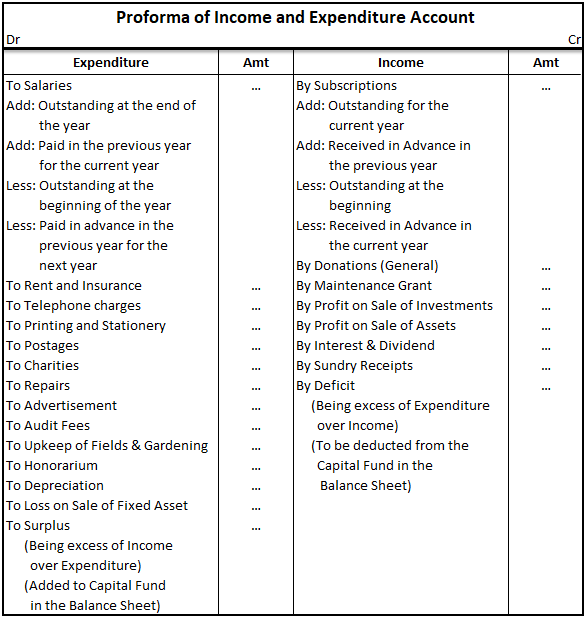The journal entry for asset purchase is- Particulars Amount Amount Asset A/c Dr $$$ To Bank A/c $$$ According to the Modern Approach for Assets Account: When there is an increase in the Asset, it is ‘Debited’. When there is a decreaseRead more
The journal entry for asset purchase is-
| Particulars | Amount | Amount |
| Asset A/c Dr | $$$ | |
| To Bank A/c | $$$ |
According to the Modern Approach for Assets Account:
- When there is an increase in the Asset, it is ‘Debited’.
- When there is a decrease in the Asset, it is ‘Credited’.
So the journal entry here is about the purchase of an asset and since there is an increase in Asset, the assets account will be debited as per the modern rule and due to the decrease of cash in the bank account, it will be credited.
For Example, Richard purchased furniture worth Rs 6,000 for his business.
I will try to explain it with the help of steps.
Step 1: To identify the account heads.
In this transaction, two accounts are involved, i.e. Furniture A/c and Bank A/c as Richard has acquired the furniture paying a certain amount.
Step 2: To Classify the account heads.
According to the modern approach: Furniture A/c is an Asset account and Bank A/c is also an Asset account.
According to the traditional approach: Furniture A/c is a Real account and Bank A/c is also a Real account.
Step 3: Application of Rules for Debit and Credit:
According to the modern approach: As asset increases because Furniture has been bought, ‘Furniture A/c’ will be debited. (Rule – increase in Asset is debited).
Bank account is also an Asset account. As the asset is in the form of cash decreases because the amount has been paid by cash or cheque, Bank account will be credited. (Rule – decrease in Asset is credited).
According to the traditional approach: Furniture A/c is a Real account and Bank is also a Real account, for which the rule to be applied is ‘Debit what comes in and Credit what goes out’. Furniture being asset comes in the business, so Furniture A/c will be debited and as cash goes out Bank A/c will be credited.
So from the above explanation, the Journal Entry will be-
| Particulars | Amount | Amount |
| Furniture A/c Dr | 6,000 | |
| To Bank A/c | 6,000 |
See less





The journal entry for a loan to an employee is as follows: Loans to employee A/c …..Dr xxx To Bank/Cash A/c xxx (Being loan given to employee) From the above journal entry, we see that there are two accounts-first one is "Loan to employee accounRead more
The journal entry for a loan to an employee is as follows:
From the above journal entry, we see that there are two accounts-first one is “Loan to employee account” and the second one is “Bank/cash account“. Both are assets for the company.
Loan to employees is considered an asset because they are expected to be returned by the employee within the stipulated time period. If the loan is repaid within one year it will be shown under the current asset and if it is not expected to be collected within a year or in short might be repaid after a year then it will be shown under long-term assets.
Also, we all know Bank/cash is an asset for the company.
Why loan to employee A/c is debited and Bank/cash A/c is credited?
As per the modern rule:
Connecting the above-stated entry with the modern rule “loan to an employee” is debited as money comes back into the business hence there is an increase in an asset therefore debited. While in the second case “bank/cash account” is credited as the money goes out of the business, there is a decrease in assets of the company therefore credited.
We notice that in this entry there is an increase in one asset while a decrease of another asset. Therefore the impact on the balance sheet is Nil.
Let me give you a simple illustration of the above entry
Mr. Ross was an employee of Maxwell Pvt ltd. Mr. Ross was lent Rs 2,00,000 by the company for some emergency purpose. So as per modern rules the accounting entry in the books of the company will be as follows: